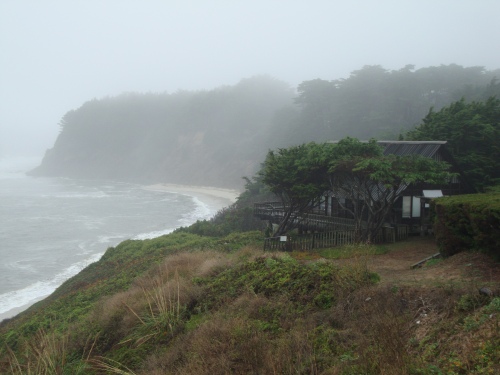
I was totally going to skip the classic haunted house post for a lighthearted write-up on cute little early 20th Century beach houses. But with a dark and stormy afternoon at Half Moon Bay fogging up the lens of my point-and-shoot faster than I could wipe it clean, our recent weekend getaway – and my post plans – turned out to be a wash, no pun intended.
Exploring the famously pumpkin-happy beach towns just south of San Francisco was a treat despite the weather, but at times I couldn’t help wishing we’d just made a detour to the Winchester Mystery House in San Jose instead.
As luck would have it, we stumbled upon another historic haunted building – the Moss Beach Distillery.

Photos from MossBeachDistillery.com
I don’t know about you, but when I think of speakeasies, my mind turns to Chicago and New York. But apparently one of the most successful of the illegal ventures was located right here, perched on the bank of a particularly rough piece of coastline best known for the annual big wave surf contest Mavericks.

Rum runners would lug booze up the steep cliffs and into vehicles headed for San Francisco speakeasies, all under the cover of fog and darkness. Of course, some of the liquor seemed to always end up in the basement of the little stucco building, then known as “Frank’s Place,” where owner Frank Torres mingled with silent film stars and Bay Area politicians. And thanks to his high-up connections, “Frank’s Place” was never raided.
But not everybody had a good time. According to legend, one of the patrons was a young, married mother carrying on an affair with the bar’s piano player. On one of her many trips to and from the restaurant, she was killed in a car crash. Members of the restaurant staff claim to have seen the woman’s ghost, always dressed in blue, searching the restaurant for her lover. Occasionally, they report unexplained phenomena, like altered dates in the computer system, earrings that go missing from female customers and levitating checkbooks. The Blue Lady has even been featured Unsolved Mysteries – in fact, I remember seeing the episode at my grandparents’ house, where my brother and I always crammed in as many episodes of UM as we could (for some reason, our parents just weren’t fans of the seedy storylines and cheesy reenactments).
We didn’t have an opportunity to eat in the restaurant. But I have dined at another supposedly haunted eatery – and stayed in the place’s haunted hotel.
The quirkily constructed chalet-style Brookdale Inn in the Santa Cruz Mountains is as famous for the creek that runs right through the restaurant as it is for the child ghosts said to haunt the premises (apparently they drowned in the stream). 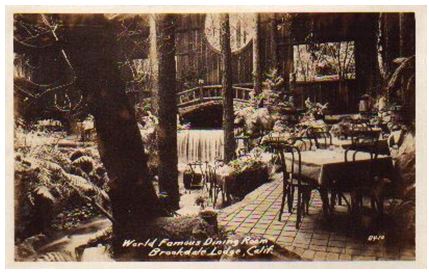


Photos from Brookdale Inn & Spa
I don’t even believe in ghosts, and being left alone in one of the creaky, semi-rundown rooms in the 1890s building for five minutes gave me the creeps.Then again, everything in the overgrown redwoods surrounding Santa Cruz can feel a bit cobwebby and creepy.
And of course, there’s the granddaddy of all California haunted houses – the infamous Winchester Mystery House.

Photos from WinchesterMysteryHouse.com photo gallery
You might already know the story. Sarah Winchester, widow of gun magnate William Wirt Winchester, visits a psychic after the death of her husband in the early 1880s. The medium convinces her that the Winchester family is cursed because of the lives taken by her husband’s rifles. Somehow, Sarah gets it in her head that she needs to move west and build a house to honor the spirits – and to appease them, she must never stop building.
Over the next 38 years, she uses her multi-million dollar inheritance to fabricate a sprawling, fantastical Victorian mansion with 160 rooms and seven stories (though the highest buildings were reduced to a measly four stories after the 1906 earthquake).
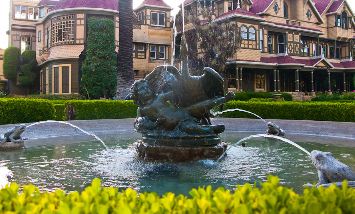

But this wasn’t an ordinary large house. Remember, she had to keep building, even if her blueprints didn’t exactly make sense. That meant adding 47 fireplaces, 17 chimneys, 10,000 window panes, two basements and three elevators.
It meant installing staircases that led to the ceiling

putting in doors that opened not to decks, but to multi-story drops
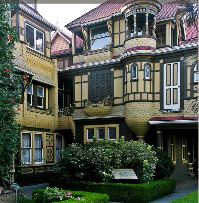
and using patterns that contained eery details and her lucky number, 13, whenever possible (this is the window in the 13th bathroom).

There was also the much talked about tiny upstairs Séance room, though some say her belief in the paranormal has been embellished – and it was relatively common for Victorian era society to hold séances and consult psychics.
In the end, continued construction couldn’t prevent the inevitable – Sarah Winchester died in 1922, after which time the behemoth residence finally came to rest.
Whether or not you believe in ghost stories, the Winchester Mystery House is one of the best examples of Queen Anne architecture on the West Coast. I’ve been on the tour twice, and I’m still itching to go back – maybe someday I’ll make one of the All Hallows’ Eve flashlight tours.
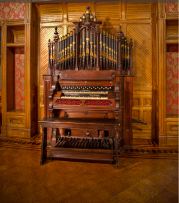
So that’s my haunted house/restaurant/hotel roundup. Hope everyone has a scary good Halloween!



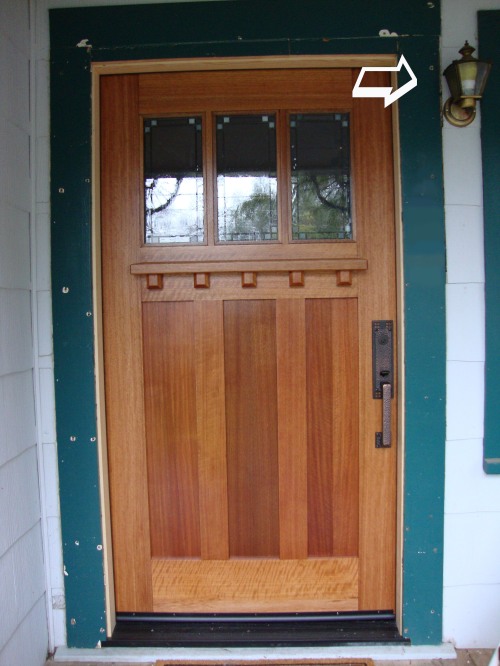



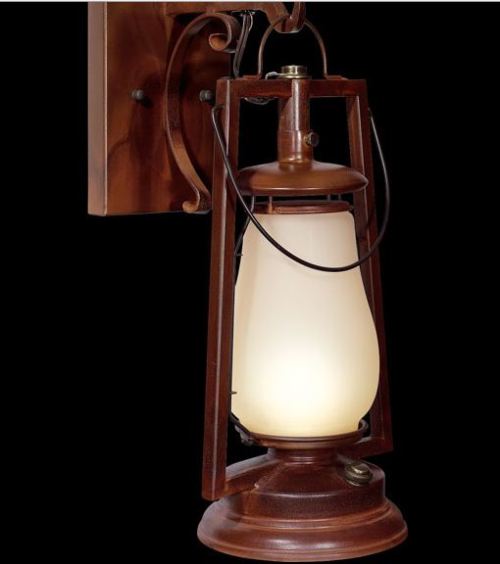
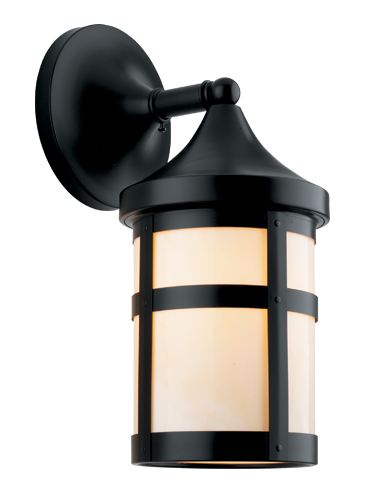



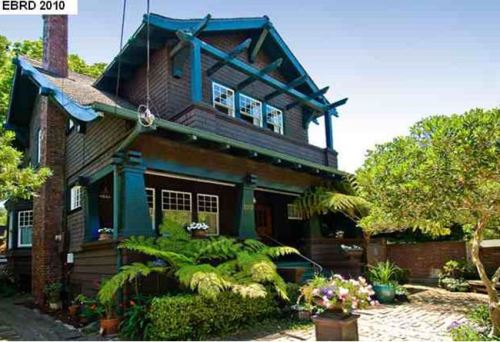




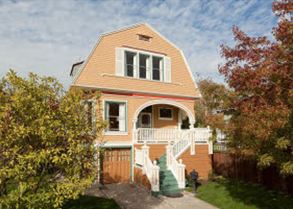


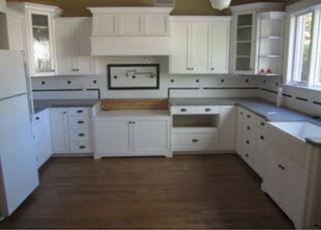















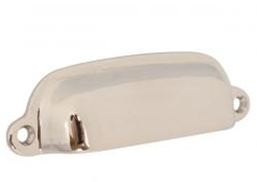





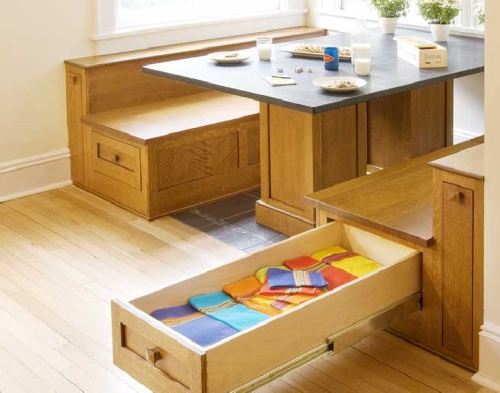
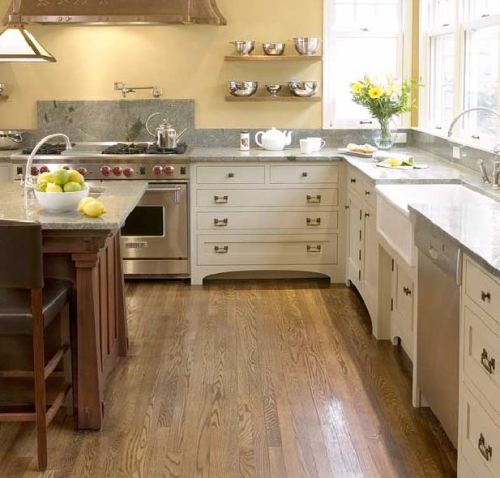
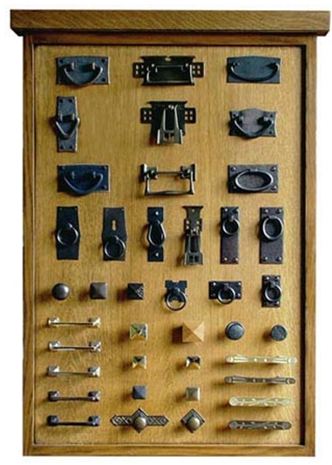

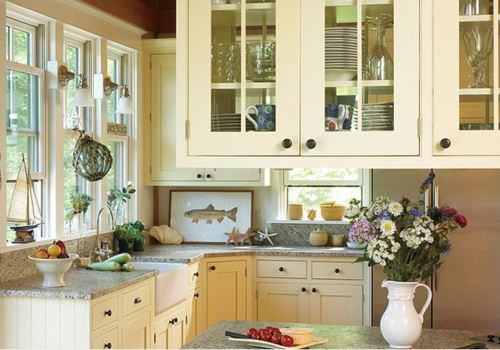

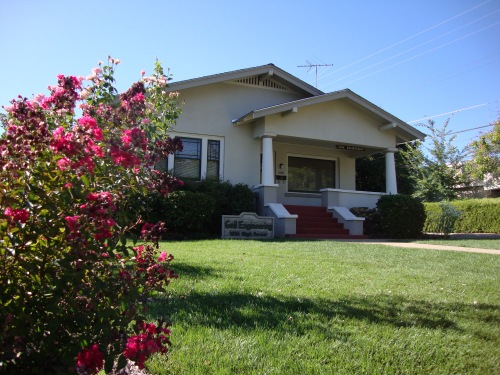


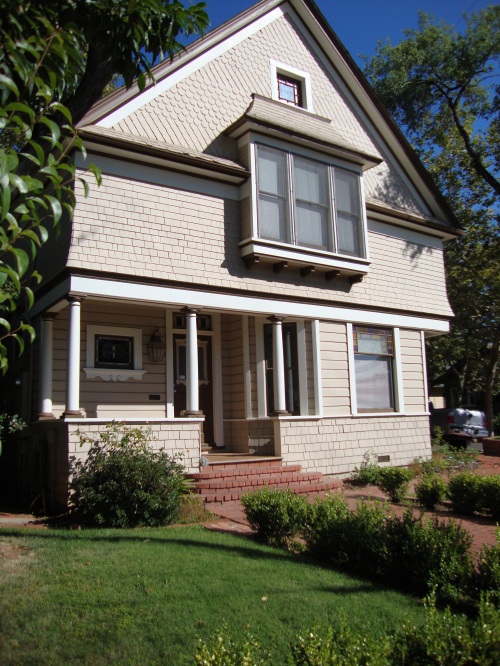
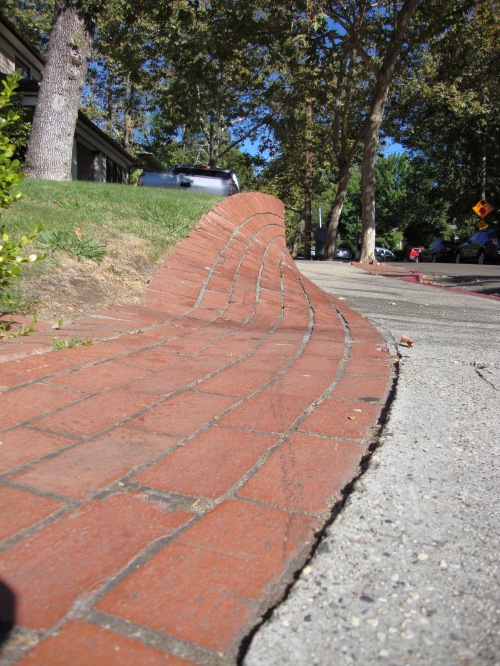


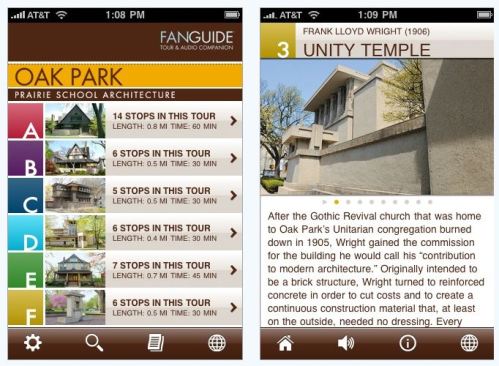

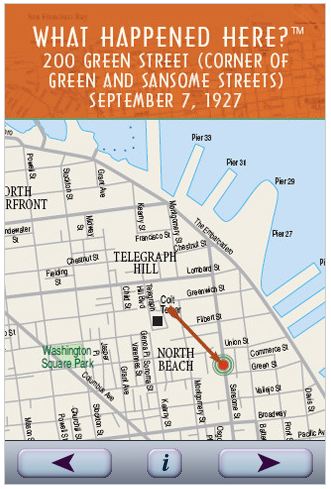
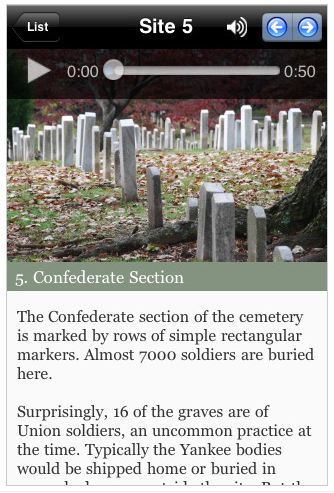







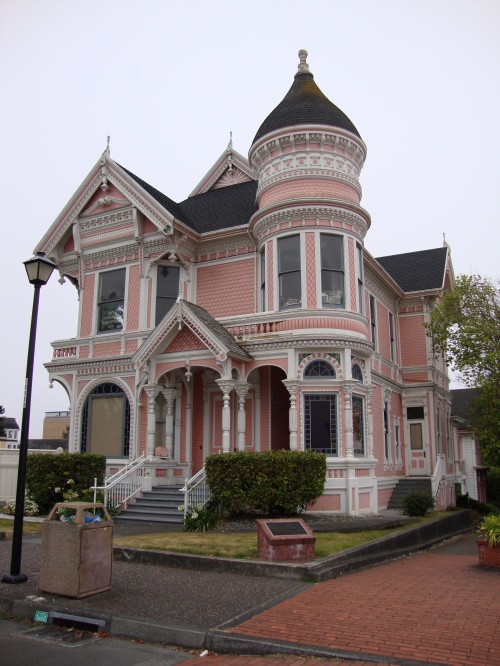



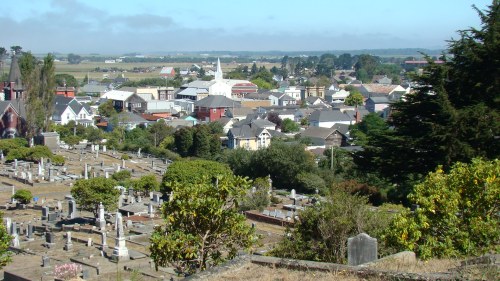
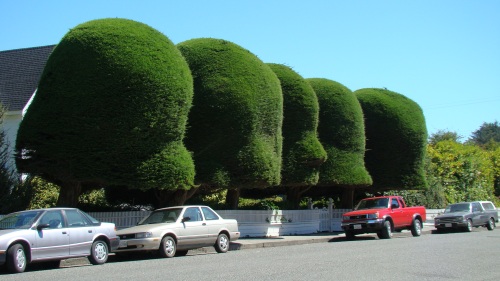
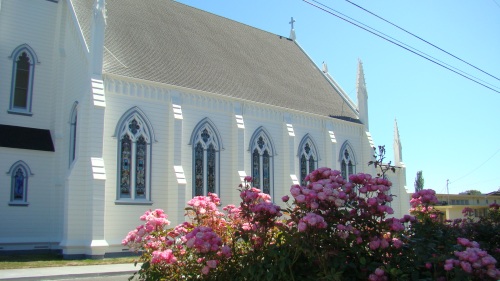








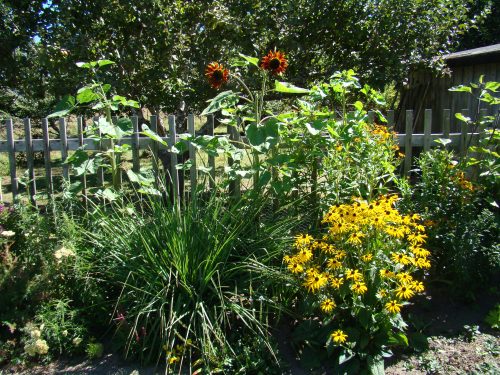

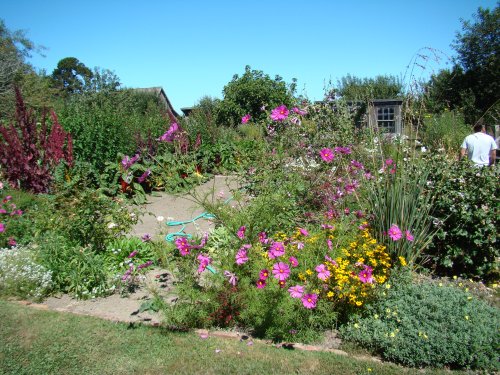
 So maybe you recognize that Victorians were built during the Victorian era, but you’re still unclear about how to distinguish between Queen Anne and Shingle-style (or Folk Victorian and Italianate, etc). Maybe you’ve determined that you live in a California bungalow, but wonder what differentiates it from a standard Crafstman (well, other than the fact that yours is probably located in California) or a Spanish Revival bungalow. Or maybe you own a newer home and wonder whether it has any style at all.
So maybe you recognize that Victorians were built during the Victorian era, but you’re still unclear about how to distinguish between Queen Anne and Shingle-style (or Folk Victorian and Italianate, etc). Maybe you’ve determined that you live in a California bungalow, but wonder what differentiates it from a standard Crafstman (well, other than the fact that yours is probably located in California) or a Spanish Revival bungalow. Or maybe you own a newer home and wonder whether it has any style at all.